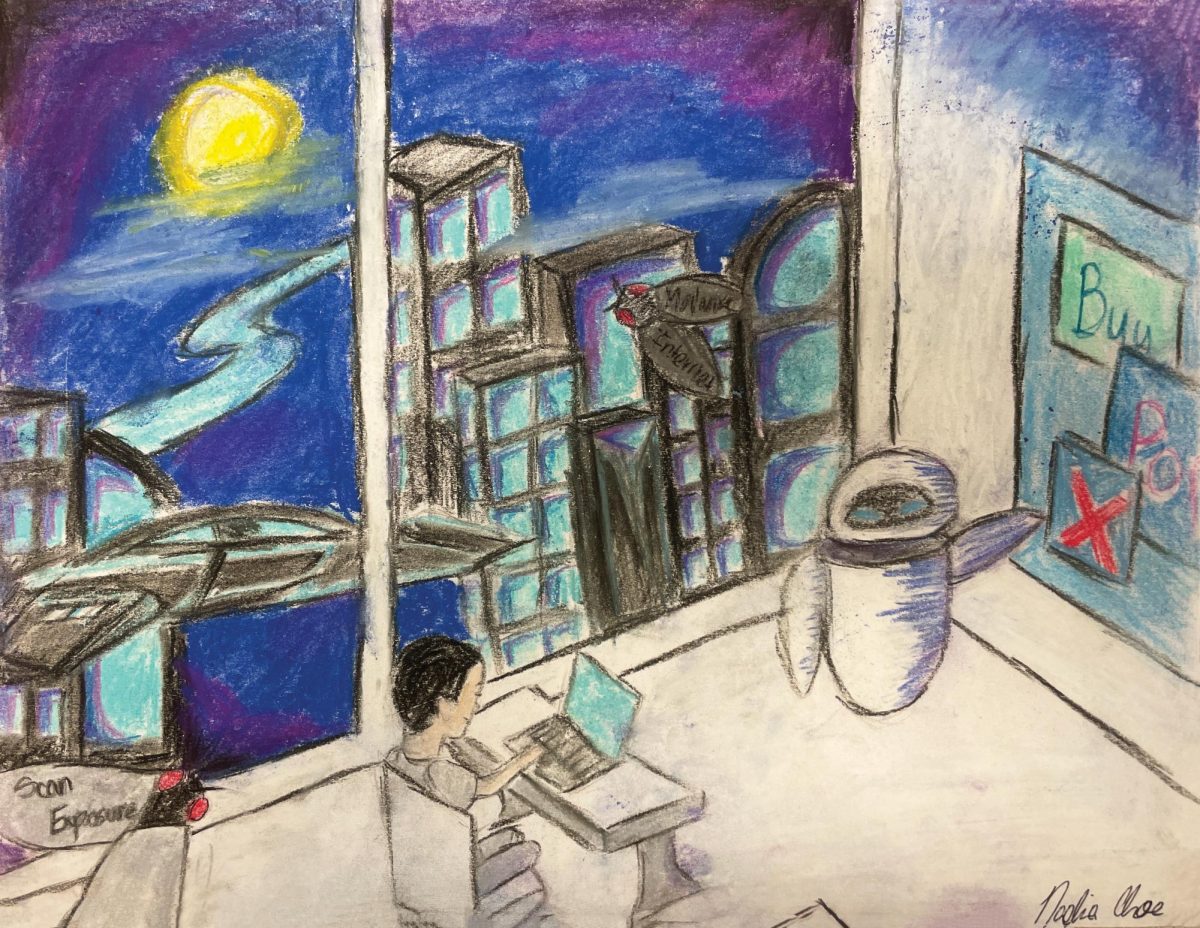Benefiting students beyond subject instruction, in-school education allows students to be engaged in learning and form connections with students and teachers.
Through structured scheduling and specified times to go to class, students are provided with motivation to finish assignments. In-school learners must bear consequences for not doing homework and being unprepared for class.
These consequences allow students to maintain accountability rather than getting off task in their work.
Students often suffer from a lack of time managing ability and some cannot function through flexible schedules where all they receive is a deadline for an assignment. They are unsure of where to start in terms of organizing their heavy workload and my fall into a schedule that is unhealthy for them.
Self-care and hygiene will not be as important to students as they struggle to complete assignments and stop procrastinating, unable to wake up in time to have breakfast or to schedule a lunch period. In this constant routine of self-sabotage, students forget their basic needs which can have untold consequences.
Students in schools have the ability to socialize with their peers more effectively. According to The Conversation, cues such as eye contact, microexpressions, and body language are not as emphasized over technological communication. Students are better able to pick up on social cues in person rather than over messaging or video-chatting apps.
In meeting with clubs, discussion and brainstorming is important for fundraising or larger events to organize. The convenience of only having to stay after school for club meetings held in the building is unmatched.
Different learning preferences may be better suited for in-school instruction. Students who have issues with focus only auditory and visual learning can have better experiences with in-school teachers who can adapt coursework. Labs and worksheets allow students to learn by doing and experiencing the concept taught with real-life application.
According to Public School Review, the kinesthetic learning preference is frequent among young, elementary-aged students. Elementary schoolers tend to fare better when learning by applying their knowledge with problem-solving and demonstrations rather than a constant stream of lecture.
By having easy access to other students and teachers, students are able to open up to either teachers or other students and discuss with them problems at home or in school, mental illness, and more.
Teachers do not only teach subjects when students approach them about issues in their lives. They are able to advise students and guide them in the right direction to provide solutions for their problems.
Students do not have to set up a formal meeting with teachers to be counseled on matters important to them, but can instead stay after class or find the teacher’s classroom and easily start a conversation that leads into their problem.
This ability to confide in teachers or peers allows a boost in mental health and some weight and stress off of students’ minds.
The National Alliance on Mental Illness states that “schools provide a unique opportunity to identify and treat mental health conditions by serving students where they already are.”
Teachers and educators can provide comfort for students with these issues more easily in schools and guidance counselors are readily available to help.
Con - In-school education provides social connection, adaptive learning
Disclaimer: Given the current global Covid-19 pandemic, we understand that all SASD families had a terribly difficult decision to make last August. Parents had to choose between sending their children to buildings for face-to-face learning or enrolling their children in the Souderton Area Online Academy. While The Arrowhead’s Pro/Con is typically a friendly duel over a two-sided subject, this issue’s Pro/Con will be a little different. We will not be focusing on which type of learning environment is a better option; rather, we will be exploring the value of both educational environments.






